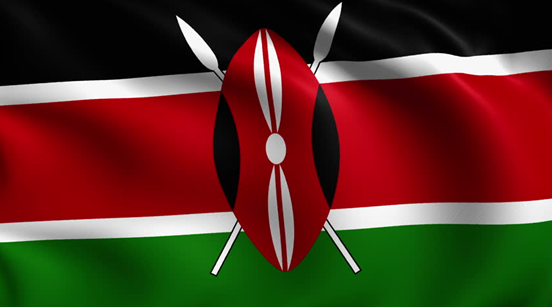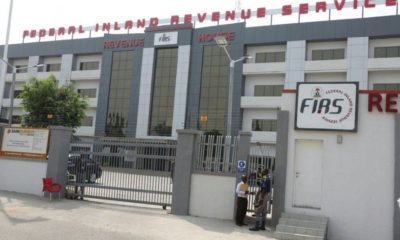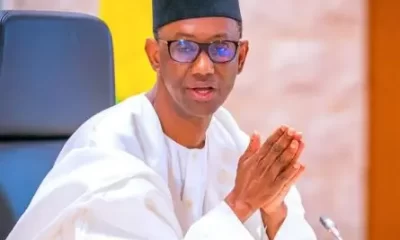Breaking News
Despite Ruto’s U-turn Kenyans gear up for fresh protest
The protests last month, which were mostly organized by young, Gen-Z Kenyans, caught the authorities off stride as President William Ruto’s administration wavered between calling for communication with the demonstrators and adopting a firm stance against them.

Kenya prepared for more protests on Thursday under tight security, following significant compromises from the government that decided to drop controversial tax increases in the wake of violent rallies that resulted in the parliament being looted.
The protests last month, which were mostly organized by young, Gen-Z Kenyans, caught the authorities off stride as President William Ruto’s administration wavered between calling for communication with the demonstrators and adopting a firm stance against them.
AFP correspondents observed that on Thursday, entrance to the State House, which is Ruto’s office, and the parliament was restricted by police wearing anti-riot gear.
Because retailers were concerned about more disruption, several stores remained closed.
Ruto performed an unexpected about-face on Wednesday, refusing to sign the tax hikes into law and withdrawing the bill, one day after the protests intensified dramatically.
“The people have spoken,” he said, adding that he would seek “engagement with the young people of our nation”.
But protesters said they would still take to the streets Thursday in memory of those killed in the demonstrations, criticising Ruto’s dramatic reversal as a case of too little, too late.
Prominent protester Hanifa Adan dismissed Ruto’s words as “PR”, pointing out that the Kenyan leader had referred to demonstrators as “criminals” just hours earlier.
Adan said Wednesday that protesters wearing white would hold a peaceful march, with some planning to bring flowers to honour the victims.
“You cannot kill all of us,” she said on X.
Ivy, a 26-year-old job seeker, told AFP that Ruto’s about-turn was “a start to changing things.”
“He could have done this earlier without people having to die,” she added, echoing the words of other protesters interviewed by AFP.
– ‘Cannot take risk’ –
Images broadcast live from parliament Tuesday, with police opening fire on protesters, left Kenya reeling. A state-backed rights group counted 22 dead nationwide — 19 in the capital Nairobi — in the aftermath and vowed an investigation.
“This is the largest number of deaths (in) a single day protest,” said Roseline Odede, chairwoman of the state-funded Kenya National Commission on Human Rights, adding that 300 people were injured across the country.
Shops were largely closed in Nairobi’s central business district near parliament early Thursday, with even the few open establishments pulling down their shutters.
“We cannot take risk. We don’t know what happens next,” said Joe, an employee in a perfume store, as he prepared to head home.
“Why did they have to kill these young people? This bill is not worth people dying,” the 30-year-old said, adding that he hoped Thursday’s rally would be peaceful.
“We are in uncharted waters.”
The unrest has alarmed the international community, with Washington on Wednesday calling on Kenya to respect the right to peaceful protest and the UN urging “accountability” for the bloodshed.
Rights watchdogs have accused the authorities of abducting protesters.
The police have not responded to AFP requests for comment.
-Debt fears –
The Kenyan leader had already rolled back some tax measures last week, prompting the treasury to warn of a gaping budget shortfall of 200 billion shillings ($1.6 billion).
Ruto said Wednesday that withdrawing the bill would mean a significant hole in funding for development programmes to help farmers and schoolteachers, among others.
The cash-strapped government had said previously that the increases were necessary to service Kenya’s massive debt of some 10 trillion shillings ($78 billion), equal to roughly 70 percent of GDP.
Analysts warned that Ruto’s administration faced a tough choice in the weeks ahead.
The government “will now have to find a way to pacify two opposing forces: a populace willing to resort to violence to protect livelihoods, and a macroeconomic trajectory that, bar considerable multilateral support, is heading towards a cliff,” Oxford Economics said in a note.
Ruto’s administration is under pressure from the IMF, which has urged the country to implement fiscal reforms in order to access crucial funding.










